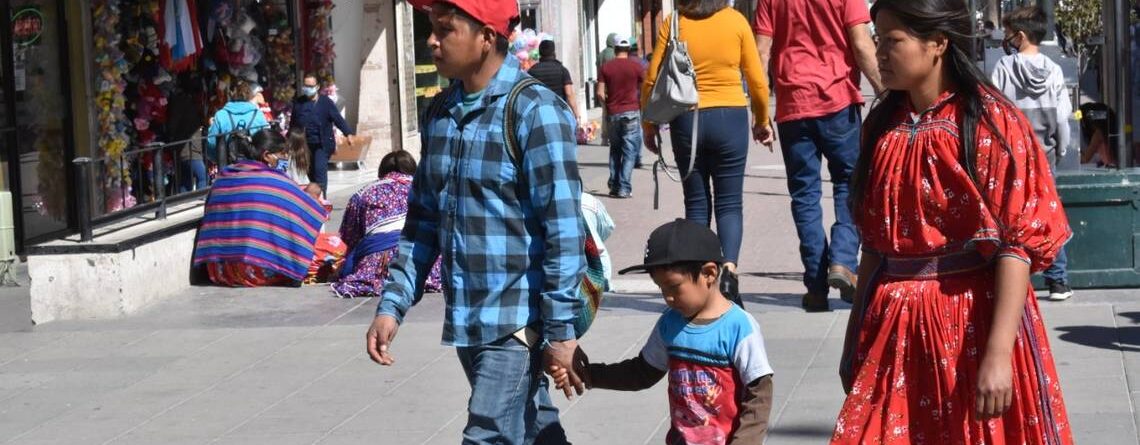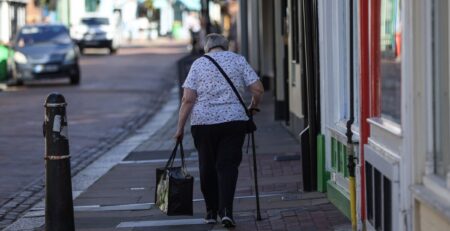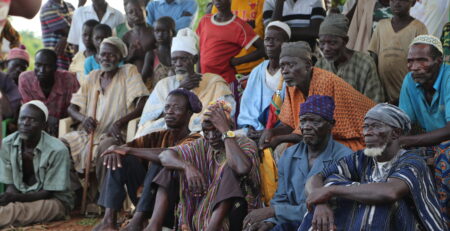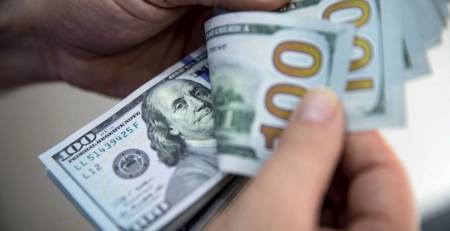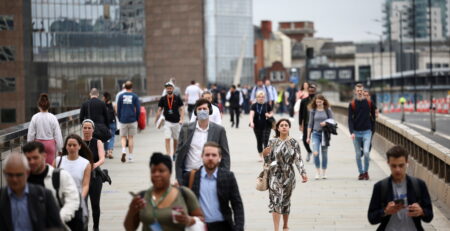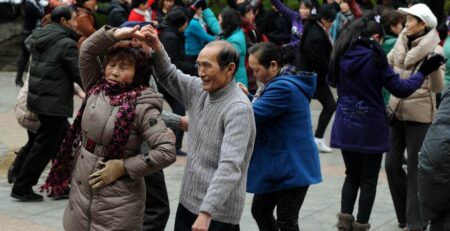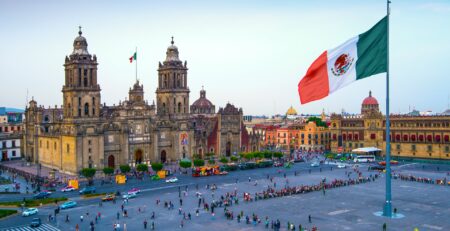Latin America. What Comes After the Commodity Super Cycle and the Pandemic? Policies to Tackle Poverty and Inequality in Latin America
Latin America entered the pandemic as one of the most unequal regions in the world. And like much of the rest of the world, it will come out of the pandemic poorer and more unequal. Early estimates suggest that 19 million more people in the region have fallen into poverty and inequality increased by 5 percent compared to pre-crisis levels. Large scale public support in many countries prevented an even worse outcome, but this pushed public debt levels from 68 to 77 percent of GDP. This will likely limit governments’ ability to tackle longer-term legacies of the pandemic once the recovery gains traction.
Read also Chile’s president will sign into law third drawdown on pensions
And yet, the outlook for poverty and inequality in the region could be brighter than it appears for two reasons: (i) resurgent commodity prices; and (ii) the opportunity provided by the pandemic for a broader political and social consensus on necessary reforms.
Read also The Post-Pandemic Safety Net
Making the most of resurgent commodity prices
Read also Latin America: A Growing Appetite for Alternative Assets
Commodity terms of trade—the ratio between a country’s commodity export and import prices—have reached the highest level since 2011 for major Latin American commodity exporters. In Chile and Peru, commodity terms of trade are currently the most favorable since 1980 thanks to record prices of copper and other metals.
Read more @Diálogo a Fondo
296 views
